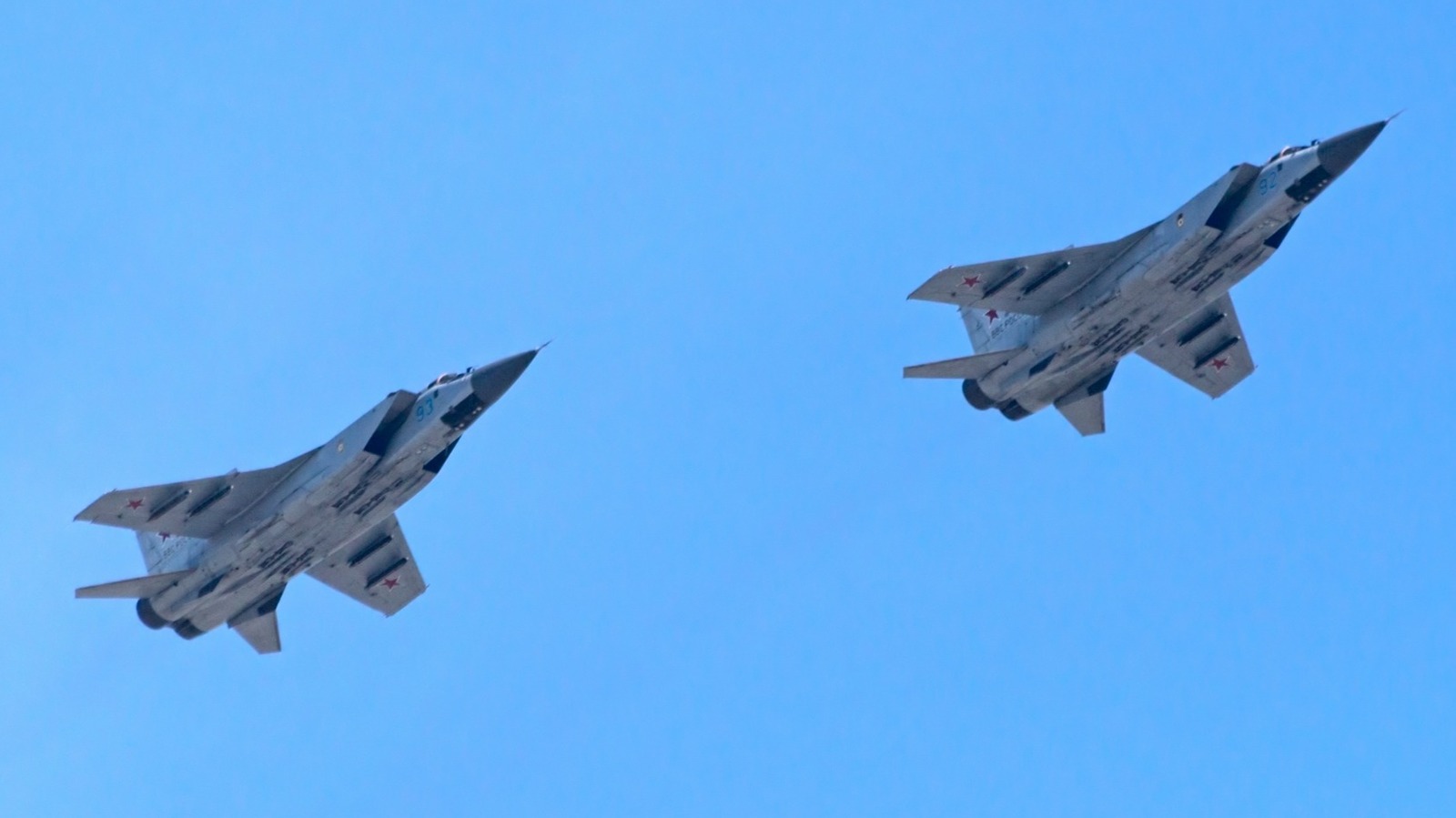
Though the top speed and fleet of records certainly are impressive, the Foxbat would go on to be something that the U.S. needed to worry about a lot less than one would have thought. In practice, the MiG-25 wasn’t all that effective, and there’s a few reasons why.
Russians had a handful of issues when it came to the execution of building the MiG-25. For one, the country was short on titanium technology, and when you want to build a light and fast plane, that presents a big issue. Instead, Russia largely built the aircraft with stainless steel. As a result, the Foxbat came in at a hefty 64,000 pounds. That’s a full 10,000 pounds heavier than the era-equivalent F-4 Phantom II fighter jet on the U.S. side.
Another issue was the lack of hand-welding experience. The result was finish work that was so bad that rival countries looking at the plane thought they were looking at remarkably bad repair patches. Instead, though, they were looking at welds and body components that were straight from the factory.
Of course, vanity only gets you so far in warfare. It doesn’t have to look good if it works good. So, did it? Well, no.

